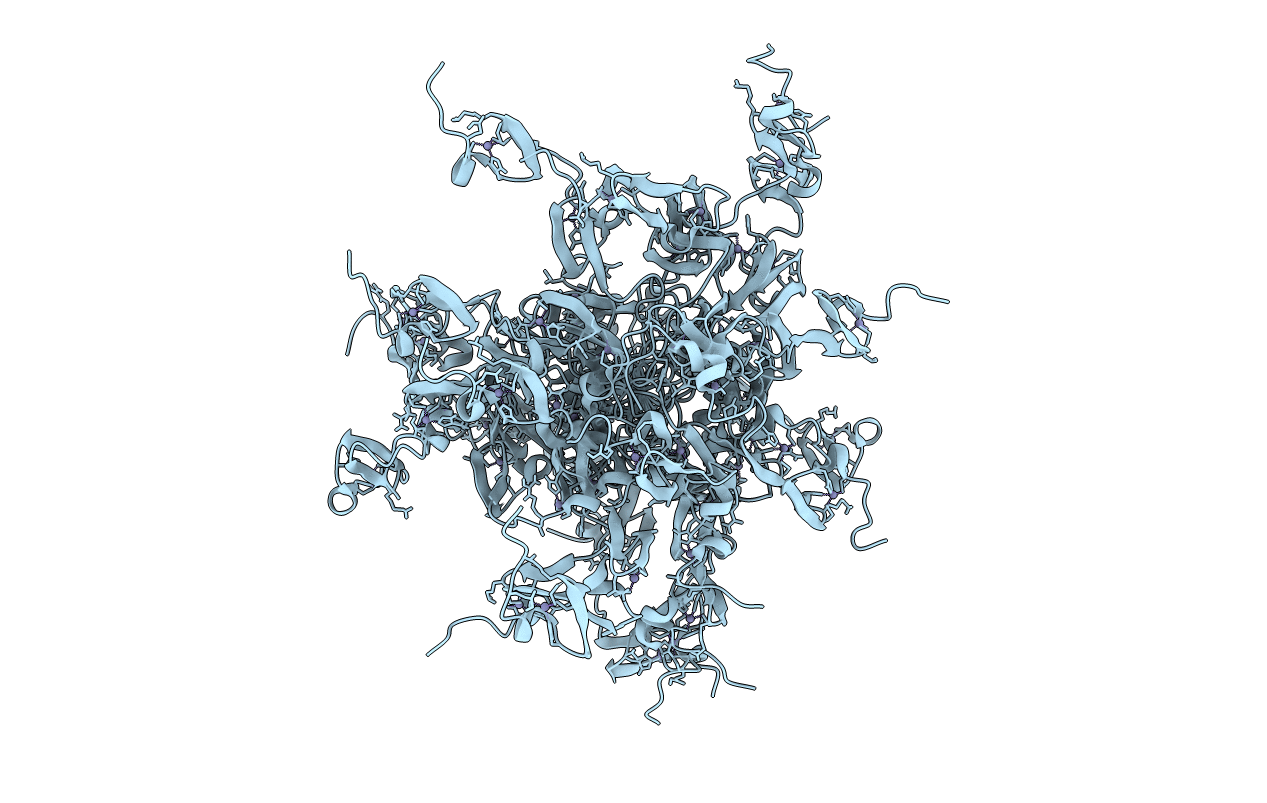
Deposition Date
1998-04-01
Release Date
1998-06-17
Last Version Date
2024-05-01
Entry Detail
PDB ID:
1MFS
Keywords:
Title:
DYNAMICAL BEHAVIOR OF THE HIV-1 NUCLEOCAPSID PROTEIN; NMR, 30 STRUCTURES
Biological Source:
Source Organism:
Human immunodeficiency virus (Taxon ID: 12721)
Host Organism:
Method Details:
Experimental Method:
Conformers Calculated:
30
Conformers Submitted:
30
Selection Criteria:
LEAST RESTRAINT VIOLATION


